Alu is the Marathi word for colocasia leaves or arbi ke patte. Even though the Hindi word ‘alu’ or ‘aloo’ means potatoes, the pronunciation of the Marathi and Hindi words are different. In Marathi ‘alu’ is pronounced as अळू whereas in Hindi ‘aloo’ is written and spoken as आलू. The marathi word ‘patal’ means thin. Hence the translation is a thin curry or gravy made from colocasia leaves. The consistency of the gravy is more like the Palak Paneer. This is a very good sabzi and has the flavors of the taro leaves along with a sour and sweet taste. The peanuts and chana dal also add a lot in terms of texture and taste. The same recipe can be made with spinach leaves, if you do not get colocasia leaves. If you are planning to make this recipe with spinach leaves instead of colocasia leaves, then use 3.5 to 4 cups of chopped spinach leaves. Since its a no onion no garlic recipe, you can make it for any religious festive occasion. Tamarind pulp is added in the recipe for taste as well as to get rid of the itching from calcium oxalate crystals present in colocasia. Instead of tamarind pulp, you can also add kokum (garcinia indica). I had adapted this recipe from a couple of Marathi cookbooks. I had a good number of colocasia leaves growing in the balcony garden, that apart from making Alu vadi (steamed & spiced colocasia rolls), I also made this bhaji. Another recipe you can make with colocasia leaves is this Arbi patta pakoda recipe. Alu chi patal bhaji goes very well with chapatis. You can relish the flavors of this dish by teaming it up with steamed rice as well.
How to make Colocasia Leaves Recipe
- Soak ¼ cup chana dal and ¼ to ⅓ cup peanuts in hot water for 30 minutes. Later drain all the water and keep the lentils aside. If you have time, then you can also soak them in water for an hour or two. Also soak 1 teaspoon tightly packed seedless tamarind in 1/4 cup warm water for 30 to 40 minutes. Then squeeze the pulp from the tamarind in the soaked water and keep it aside.
- Rinse 5 to 6 large colocasia leaves well in fresh water. Then chop them.
- Heat 1 tablespoon oil and crackle 12 to 14 methi seeds first.
- Then add the chopped colocasia leaves.
- Stir and saute till the leaves wilt.
- Add soaked and drained peanuts, chopped green chilies, soaked chana dal, cashews and chopped coconut.
- Add 2 cups water. Stir and cover the pan.
- Simmer on a medium flame till the chana dal is cooked and softened. About 20 to 25 minutes. Steps 3 to 8 can also be done in a stovetop pressure cooker. If the water dries, then add some hot water and continue to cover and cook. 9. Once the chana dal and peanuts have cooked, add 3 tablespoon besan and stir well.
- Mash the leaves with the back of the spoon while stirring.
- Then add tamarind pulp, powdered jaggery, Goda masala, red chili powder and salt as required. Also add 1 cup water or as required. The consistency is not thick nor thin, but medium. If you do not have goda masala, then add ½ teaspoon garam masala powder.
- Simmer without a lid for 4 to 5 minutes on a low flame. Switch off the flame and cover the pan.
Tempering alu chi bhaji
- Now heat 1 tablespoon oil in a small pan. On a low flame, splutter mustard and cumin seeds in the oil. Then add curry leaves, asafoetida and turmeric powder. Saute till the curry leaves become crisp.
- Stir and add this tempering to the bhaji. Stir and mix very well. 16. Then stir in coriander leaves.
- Serve alu chi bhaji hot with chapatis or steamed rice. If you are looking for more Veggie recipes then do check:
Aloo palak Palak corn Methi chaman Methi matar malai Methi matar malai
Please be sure to rate the recipe in the recipe card or leave a comment below if you have made it. For more vegetarian inspirations, Sign Up for my emails or follow me on Instagram, Youtube, Facebook, Pinterest or Twitter. This Colocasia leaves gravy recipe from the archives first published in July 2015 has been republished and updated on January 2023.
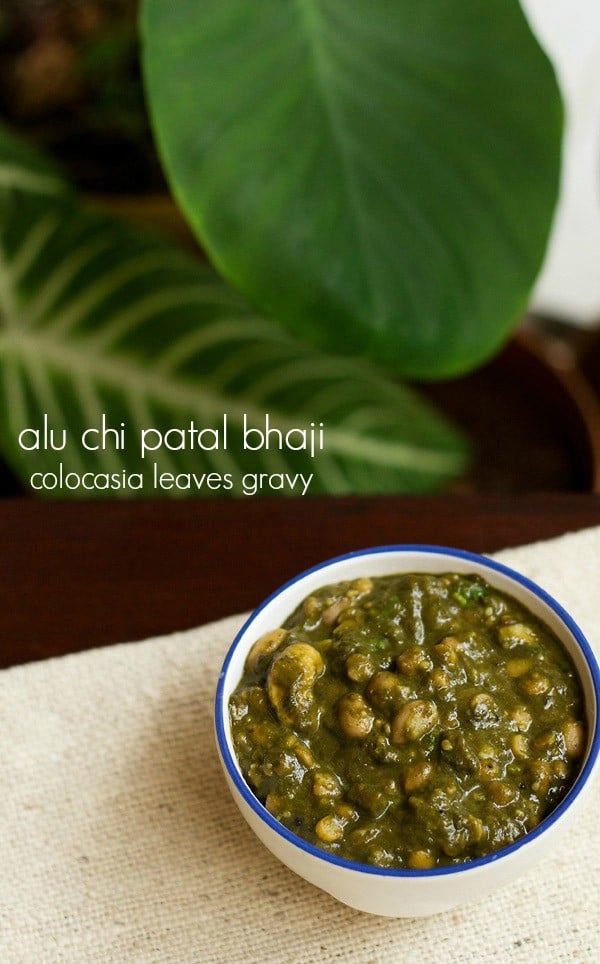
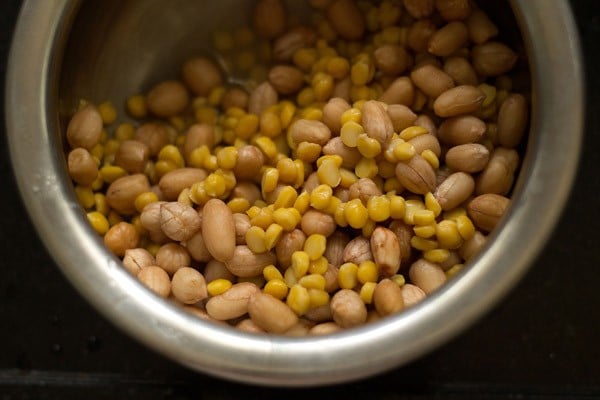
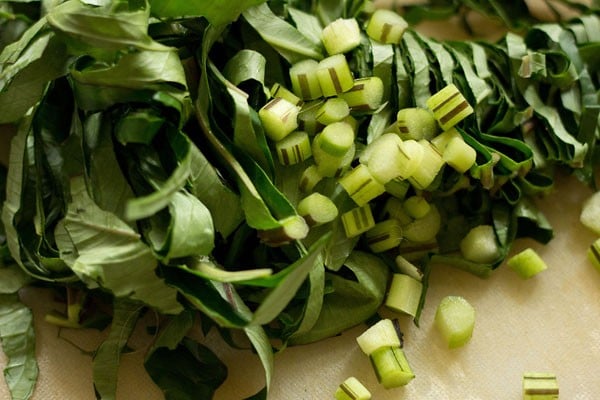
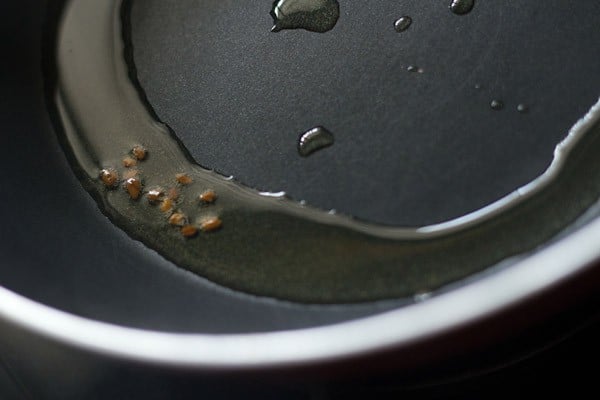
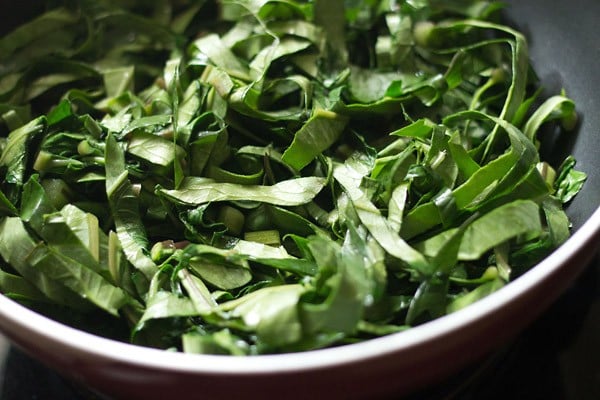
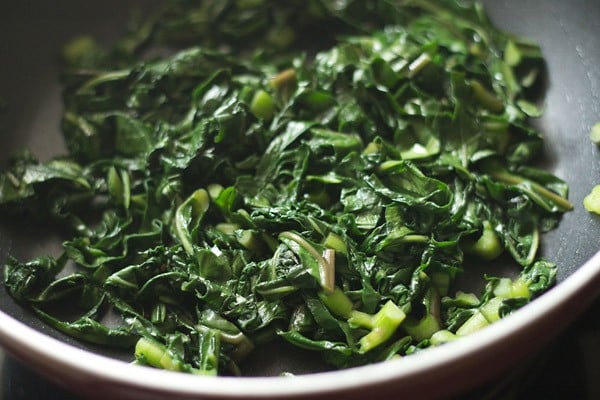
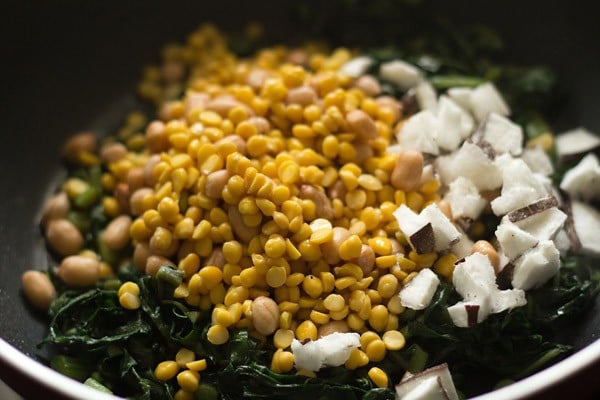
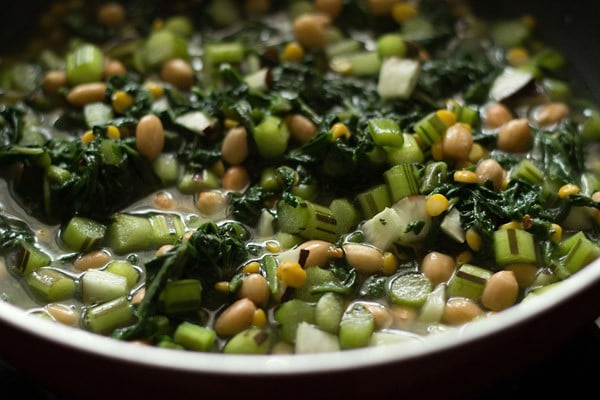

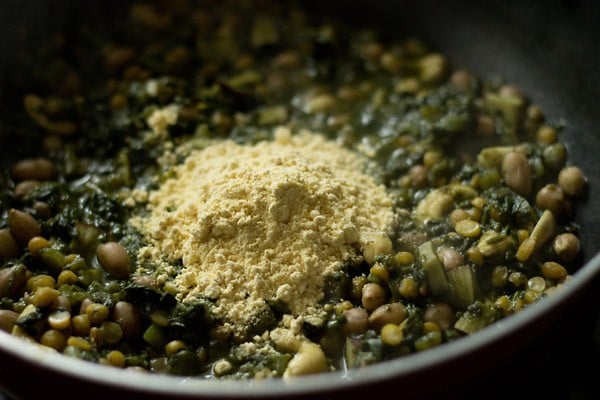
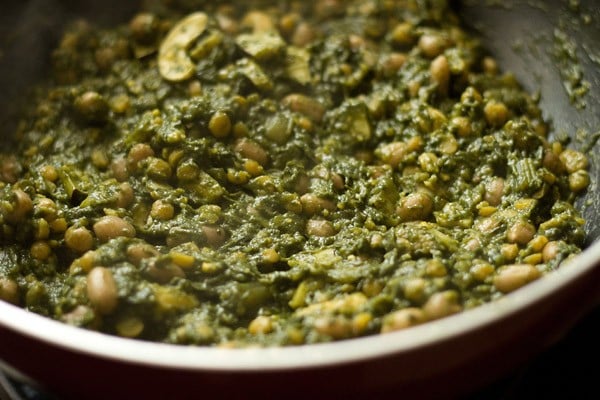

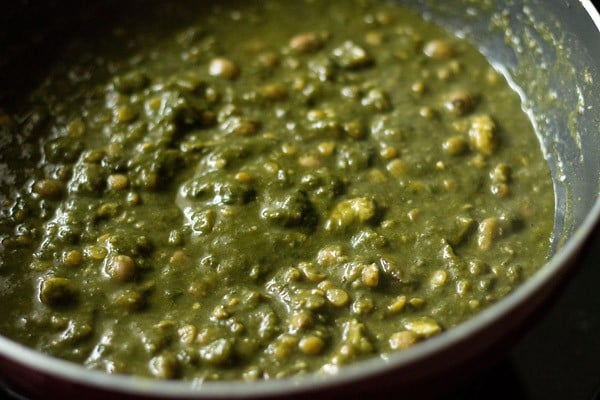
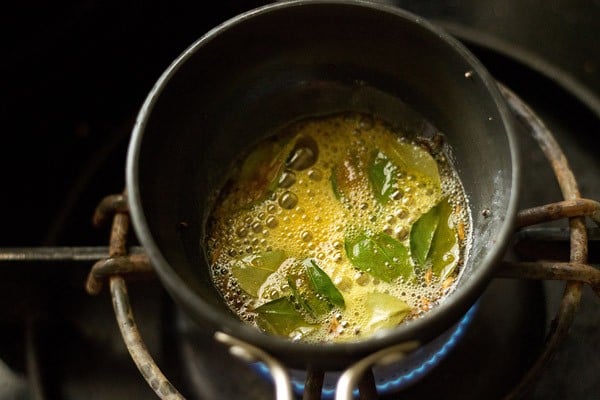
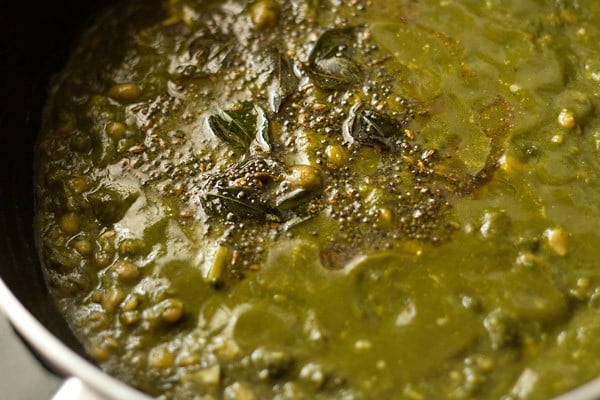

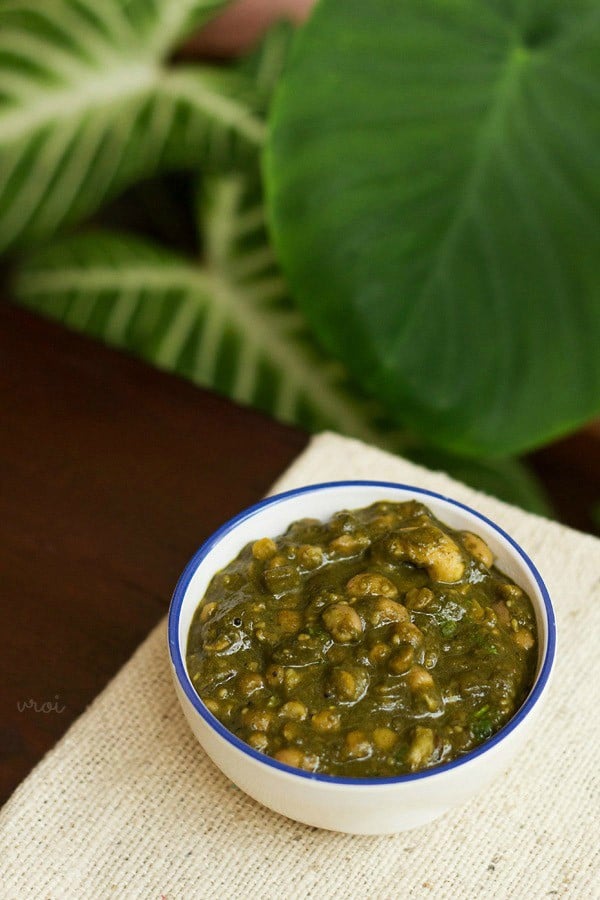
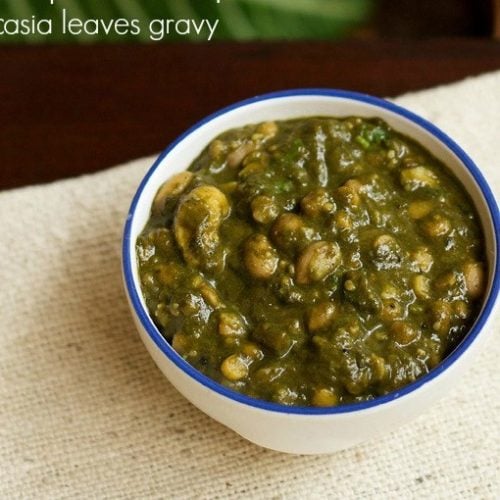
title: “Colocasia Leaves Recipe Alu Chi Bhaji Alu Chi Patal Bhaji” ShowToc: true date: “2024-09-22” author: “Fatima Cole”
Alu is the Marathi word for colocasia leaves or arbi ke patte. Even though the Hindi word ‘alu’ or ‘aloo’ means potatoes, the pronunciation of the Marathi and Hindi words are different. In Marathi ‘alu’ is pronounced as अळू whereas in Hindi ‘aloo’ is written and spoken as आलू. The marathi word ‘patal’ means thin. Hence the translation is a thin curry or gravy made from colocasia leaves. The consistency of the gravy is more like the Palak Paneer. This is a very good sabzi and has the flavors of the taro leaves along with a sour and sweet taste. The peanuts and chana dal also add a lot in terms of texture and taste. The same recipe can be made with spinach leaves, if you do not get colocasia leaves. If you are planning to make this recipe with spinach leaves instead of colocasia leaves, then use 3.5 to 4 cups of chopped spinach leaves. Since its a no onion no garlic recipe, you can make it for any religious festive occasion. Tamarind pulp is added in the recipe for taste as well as to get rid of the itching from calcium oxalate crystals present in colocasia. Instead of tamarind pulp, you can also add kokum (garcinia indica). I had adapted this recipe from a couple of Marathi cookbooks. I had a good number of colocasia leaves growing in the balcony garden, that apart from making Alu vadi (steamed & spiced colocasia rolls), I also made this bhaji. Another recipe you can make with colocasia leaves is this Arbi patta pakoda recipe. Alu chi patal bhaji goes very well with chapatis. You can relish the flavors of this dish by teaming it up with steamed rice as well.
How to make Colocasia Leaves Recipe
- Soak ¼ cup chana dal and ¼ to ⅓ cup peanuts in hot water for 30 minutes. Later drain all the water and keep the lentils aside. If you have time, then you can also soak them in water for an hour or two. Also soak 1 teaspoon tightly packed seedless tamarind in 1/4 cup warm water for 30 to 40 minutes. Then squeeze the pulp from the tamarind in the soaked water and keep it aside.
- Rinse 5 to 6 large colocasia leaves well in fresh water. Then chop them.
- Heat 1 tablespoon oil and crackle 12 to 14 methi seeds first.
- Then add the chopped colocasia leaves.
- Stir and saute till the leaves wilt.
- Add soaked and drained peanuts, chopped green chilies, soaked chana dal, cashews and chopped coconut.
- Add 2 cups water. Stir and cover the pan.
- Simmer on a medium flame till the chana dal is cooked and softened. About 20 to 25 minutes. Steps 3 to 8 can also be done in a stovetop pressure cooker. If the water dries, then add some hot water and continue to cover and cook. 9. Once the chana dal and peanuts have cooked, add 3 tablespoon besan and stir well.
- Mash the leaves with the back of the spoon while stirring.
- Then add tamarind pulp, powdered jaggery, Goda masala, red chili powder and salt as required. Also add 1 cup water or as required. The consistency is not thick nor thin, but medium. If you do not have goda masala, then add ½ teaspoon garam masala powder.
- Simmer without a lid for 4 to 5 minutes on a low flame. Switch off the flame and cover the pan.
Tempering alu chi bhaji
- Now heat 1 tablespoon oil in a small pan. On a low flame, splutter mustard and cumin seeds in the oil. Then add curry leaves, asafoetida and turmeric powder. Saute till the curry leaves become crisp.
- Stir and add this tempering to the bhaji. Stir and mix very well. 16. Then stir in coriander leaves.
- Serve alu chi bhaji hot with chapatis or steamed rice. If you are looking for more Veggie recipes then do check:
Aloo palak Palak corn Methi chaman Methi matar malai Methi matar malai
Please be sure to rate the recipe in the recipe card or leave a comment below if you have made it. For more vegetarian inspirations, Sign Up for my emails or follow me on Instagram, Youtube, Facebook, Pinterest or Twitter. This Colocasia leaves gravy recipe from the archives first published in July 2015 has been republished and updated on January 2023.

















